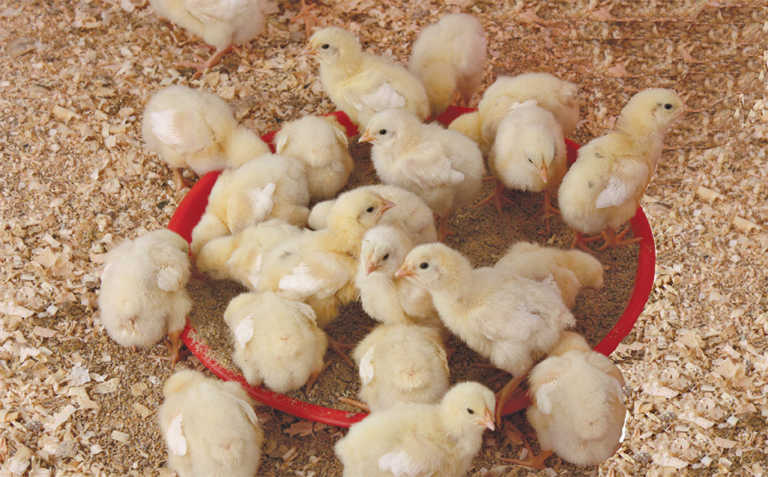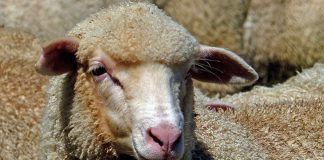
Photo: FW Archive
Scaly legs
This condition is caused by mites and is frequently seen in backyard chickens with rough and scaly legs. Mites burrow under the skin of the legs, causing the scales to become thick and rough.
Fractures
- Broken bones are often a result of trauma.
- A calcium and phosphate deficiency causes bones to break easily.
- Swollen joints (arthritis) The bacteria that usually cause swollen joints in chickens are Mycoplasma synoviae and
- Staphylococcus aureus. The most commonly affected joints are the hocks.
Marek’s disease
This disease has two forms.
- The one affects the internal organs and the other affects the nerves. When the thigh and leg nerves are affected, chickens lie on the ground with one leg backwards and the other turned forwards. Skin lesions are sometimes seen with Marek’s disease.
Curled toe paralysis
This condition can be seen in chicks if their feed has been low in vitamin B2. The toes curl inward and the chicks often can’t stand.
Rickets
Rickets is caused by a shortage in calcium, phosphorus and/or vitamin D3, or the wrong ratio of these nutrients in the diet. Chickens with rickets struggle to walk and have soft bones that break easily.
Preventing skin and leg conditions
Combat parasites such as mites and fleas by using powdered chemicals, such as karbadust. Spray chicken houses with a chemical such as 10% malasol to kill the parasites living in cracks and crevices.
Feed a good-quality diet or give mineral supplements if needed. For more information contact your nearest animal-health technician or state/private veterinarian.
Source: Animal Health for Developing Farmers by ARC-Onderstepoort Veterinary Institute.













